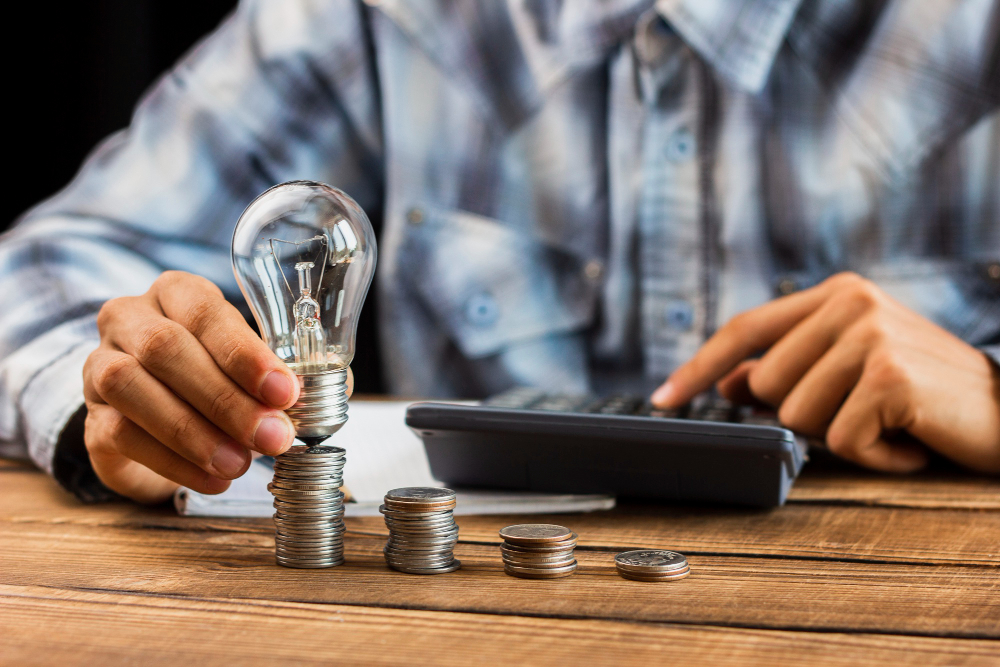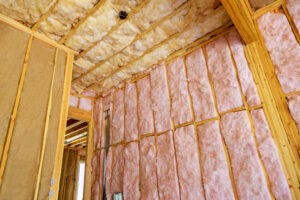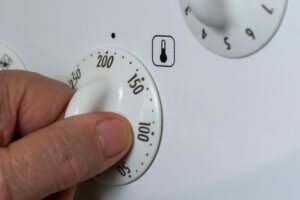High Energy Bills – The #1 Complaint of Homeowners
Last updated on March 10th, 2024 at 05:24 pm
One of the most common complaints about home energy is high energy bills. Many homeowners find that their energy bills are consistently high, especially during extreme weather conditions (e.g., hot summers or cold winters). High energy bills can result from various factors such as poor insulation, inefficient appliances, air leaks, outdated HVAC systems, or even habits like leaving lights and electronics on unnecessarily.
Addressing this complaint often involves conducting energy audits to identify areas of energy waste, implementing energy-efficient upgrades such as installing better insulation, sealing air leaks, upgrading to energy-efficient appliances, and optimizing heating and cooling systems. Additionally, educating homeowners about energy-saving habits like adjusting thermostat settings, using programmable thermostats, and turning off lights and electronics when not in use can also help reduce energy consumption and lower utility bills.
Beat High Energy Bills with These 5 Tips
Upgrade to Energy-Efficient Appliances: Older appliances tend to consume more energy than newer, energy-efficient models. When it’s time to replace your appliances, look for those with Energy Star ratings, which indicate they meet strict energy efficiency guidelines set by the U.S. Environmental Protection Agency. Energy-efficient appliances such as refrigerators, dishwashers, washing machines, and dryers can significantly reduce your energy consumption and utility bills over time.
Seal Air Leaks and Insulate: Air leaks around windows, doors, vents, and electrical outlets can lead to significant energy waste as conditioned air escapes and outdoor air infiltrates your home. Seal these leaks with weatherstripping, caulking, or foam sealant to prevent energy loss. Additionally, ensure your home is adequately insulated, especially in the attic, walls, and floors, to maintain comfortable indoor temperatures and reduce the workload on your heating and cooling systems.
Use Programmable Thermostats: Programmable thermostats allow you to set different temperatures for different times of the day, so you’re not heating or cooling your home when it’s unnecessary. For example, you can program the thermostat to lower the temperature while you’re away at work or asleep and raise it when you’re at home and awake. This can lead to significant energy savings without sacrificing comfort.
Practice Energy-Efficient Lighting: Replace traditional incandescent bulbs with energy-efficient alternatives such as LED or CFL bulbs. These bulbs consume less energy, last longer, and produce less heat, making them a cost-effective lighting solution. Additionally, make it a habit to turn off lights when you leave a room and take advantage of natural light during the day by opening curtains or blinds. High energy bills can be at least partially attributed to lighting – depending on how much you use them.
Unplug Electronics When Not in Use: Many electronic devices consume energy even when they’re turned off but still plugged in (often referred to as standby or vampire power). To reduce standby power consumption, unplug electronics such as TVs, computers, chargers, and kitchen appliances when they’re not in use, or use power strips with on/off switches to easily disconnect multiple devices at once. While they do not contribute a significant amount to high energy bills, every bit can add up.
By implementing these energy-saving tips, you can reduce energy waste in your home, lower your usage and kick high energy bills to the curb.



